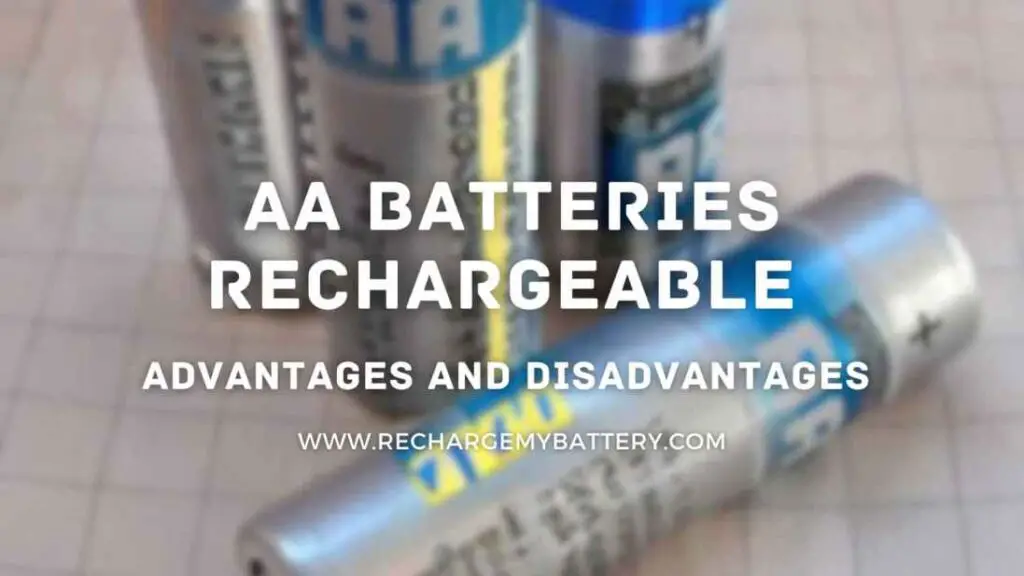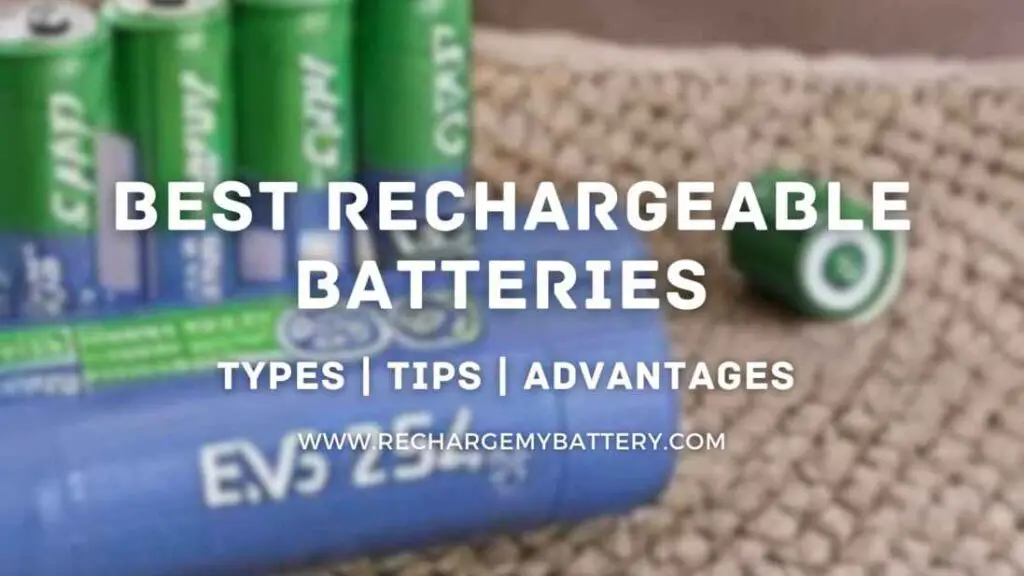When it comes to rechargeable batteries, one question that often arises is, “What is the longest-lasting rechargeable battery?”. In this article, we will explore the answer to this question, discuss the different types of rechargeable batteries available, and provide insights into their longevity and performance.
1. Introduction
Rechargeable batteries, as the name suggests, can be recharged multiple times, making them a cost-effective and environmentally friendly alternative to single-use batteries. The longevity of a rechargeable battery refers to how long it can retain its charge and deliver power before needing to be recharged. Various factors determine the longevity of a battery, including its chemistry, usage patterns, and environmental conditions.
2. Types of Rechargeable Batteries
There are several types of rechargeable batteries available in the market. Let’s take a closer look at the most common ones:
2.1 Nickel Cadmium (NiCd) Batteries
NiCd batteries have been around for decades and were widely used in portable electronics. However, their popularity has declined due to their lower energy density and the presence of toxic cadmium. NiCd batteries have a relatively shorter lifespan and are prone to the “memory effect” if not properly maintained.
2.2 Nickel Metal Hydride (NiMH) Batteries
NiMH batteries are an improvement over NiCd batteries, offering higher energy density and no toxic cadmium. They have become the preferred choice for applications such as digital cameras and handheld gaming devices. NiMH batteries have a longer lifespan compared to NiCd batteries and are less prone to the memory effect.
2.3 Lithium-Ion (Li-ion) Batteries
Li-ion batteries are widely used in smartphones, laptops, and electric vehicles due to their high energy density and lightweight design. They have a longer lifespan compared to NiCd and NiMH batteries and are known for their excellent performance. Li-ion batteries do not suffer from the memory effect and have a relatively low self-discharge rate.
2.4 Lithium Polymer (LiPo) Batteries
LiPo batteries are a variation of Li-ion batteries but with a flexible polymer electrolyte. They are commonly used in drones, RC vehicles, and wearable devices due to their lightweight and compact form factor. LiPo batteries offer higher energy density and can deliver high discharge rates. However, they require special care and handling to prevent damage or safety hazards.
3. Comparison of Longevity and Performance
When comparing the longevity and performance of rechargeable batteries, it’s essential to consider factors such as capacity, cycle life, self-discharge rate, and charging efficiency.
Capacity refers to the amount of energy a battery can store. Li-ion and LiPo batteries generally have higher capacities compared to NiCd and NiMH batteries, allowing them to provide longer runtimes.
Cycle life refers to the number of charge and discharge cycles a battery can endure before its capacity starts to degrade. Li-ion and LiPo batteries typically have a higher cycle life compared to NiCd and NiMH batteries.
The self-discharge rate indicates how quickly a battery loses its charge when not in use. Li-ion and LiPo batteries have a lower self-discharge rate compared to NiCd and NiMH batteries, allowing them to retain their charge for longer periods.
Charging efficiency refers to how effectively a battery can convert electrical energy into stored energy. Li-ion and LiPo batteries have higher charging efficiencies compared to NiCd and NiMH batteries, resulting in faster charging times.
4. Factors Affecting Battery Life
Several factors can impact the overall lifespan of a rechargeable battery:
- Temperature: Extreme temperatures, both hot and cold, can significantly affect battery performance and longevity. It is essential to operate and store batteries within the recommended temperature range.
- Charge and Discharge Rate: Charging or discharging a battery at high rates can generate heat and cause stress on the battery, reducing its lifespan. It is advisable to follow the manufacturer’s guidelines for optimal charging and discharging rates.
- Overcharging and Overdischarging: Overcharging a battery beyond its recommended voltage or discharging it below its minimum voltage can lead to irreversible damage and a shortened lifespan. Using chargers and devices with built-in safeguards can help prevent overcharging or overdischarging.
- Storage Conditions: Storing batteries in a discharged state or exposing them to high humidity environments can result in capacity loss and reduced lifespan. It is recommended to store batteries in a cool, dry place with a partial charge.
5. Tips to Extend Battery Life
To maximize the lifespan of rechargeable batteries, consider the following tips:
- Proper Charging: Use chargers specifically designed for the battery type and follow the recommended charging instructions. Avoid leaving batteries on continuous charge once they reach full capacity.
- Optimal Usage: Avoid deep discharges whenever possible and try to maintain the battery charge level between 20% and 80%. Frequent shallow discharges are less stressful on the battery compared to full discharges.
- Avoid Extreme Temperatures: Keep batteries away from direct sunlight, heat sources, and freezing temperatures. Extreme temperatures can degrade battery performance and reduce longevity.
- Battery Maintenance: Clean the battery contacts regularly to ensure a good connection. If the battery is not used for an extended period, store it in a cool, dry place with a partial charge.
- Replace Old Batteries: As batteries age, their performance and capacity diminish. If you notice a significant decrease in runtime or overall battery life, consider replacing the battery with a new one.
Conclusion
In conclusion, the longevity of rechargeable batteries varies depending on their chemistry, usage patterns, and environmental conditions. Li-ion and LiPo batteries generally offer longer lifespans compared to NiCd and NiMH batteries. By following proper charging practices, optimal usage patterns, and taking care of environmental factors, you can maximize the lifespan of your rechargeable batteries and enjoy extended usage times.
Thank you for reading.
FAQs
Q1: Are rechargeable batteries worth the investment?
Yes, rechargeable batteries are worth the investment in the long run. While they may have a higher upfront cost compared to disposable batteries, they can be recharged hundreds or even thousands of times, making them cost-effective over time.
Q2: Can I mix different types of rechargeable batteries?
It is generally not recommended to mix different types of rechargeable batteries in the same device. Each battery type has different charging and discharging characteristics, which can lead to uneven performance and potential safety hazards.
Q3: How can I dispose of rechargeable batteries responsibly?
Rechargeable batteries should not be disposed of in regular trash. Many retailers and recycling centers accept rechargeable batteries for proper recycling. Check with your local recycling facilities or electronic retailers for battery recycling options.
Q4: Can I use a charger designed for NiMH batteries with Li-ion batteries?
It is not advisable to use a charger designed for NiMH batteries with Li-ion batteries. Different battery chemistries require specific charging algorithms, and using the wrong charger can lead to overcharging or damaging the batteries.
Q5: What should I do if a rechargeable battery starts swelling?
If a rechargeable battery starts swelling or showing signs of damage, stop using it immediately and handle it with care. Swelling batteries can be potentially dangerous and should be disposed of properly following the manufacturer’s guidelines or taken to a recycling center.

